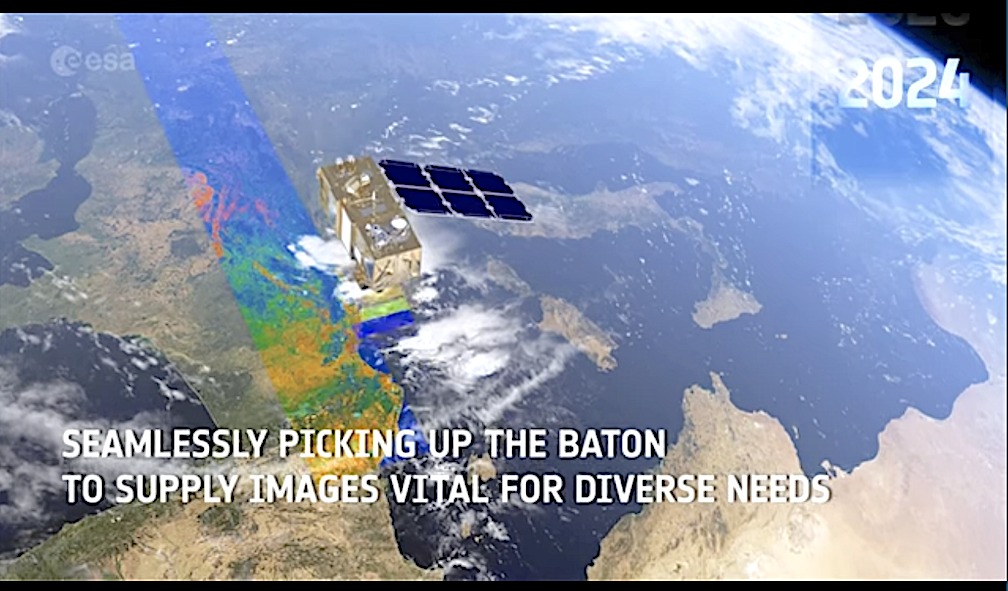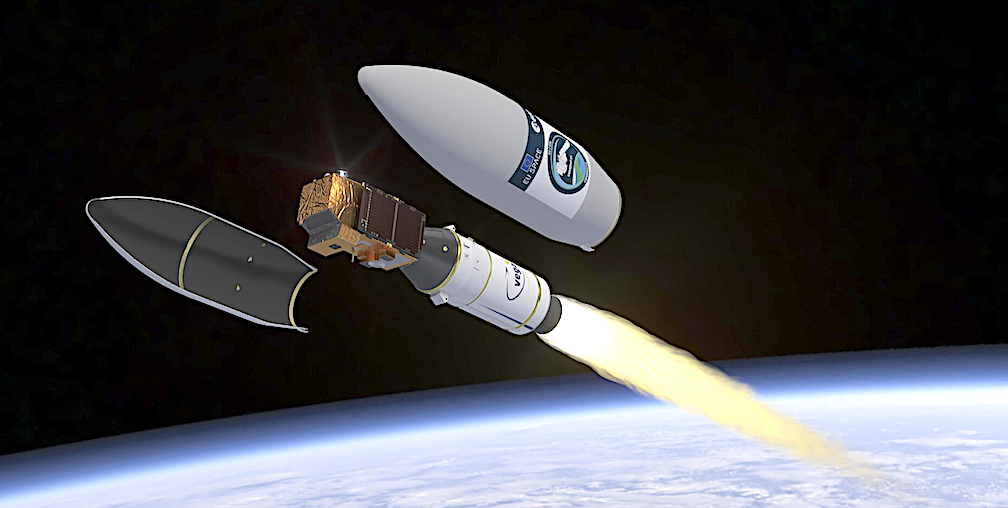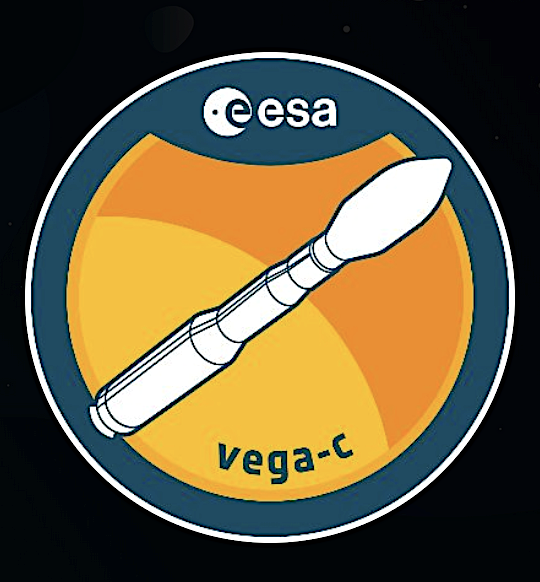
ESA released the announcement:
Next launch: Vega, VV24: “Due to electrical issues on the ground links, the launch chronology was interrupted and additional checks are being conducted to confirm a new launch attempt 5 September 02:50 BST/03:50 CEST (4 September, 22:50 local time) from Kourou, French Guiana. The launcher and its passenger, Sentinel-2C, are in stable and safe conditions.”
Arianespace announced that the mission is scrubbed for a Tuesday night launch attempt and is working towards an opportunity on Wednesday, Sept. 4.
Vega was the very first rocket entirely managed by ESA, built to send small satellites into low Earth orbit. Designed by Avio, who is also the prime contractor, the rocket is operated by Arianespace. Vega consists of four stages, the first three propelled by solid propellant motors and the last stage uses liquid propulsion.
The Vega inaugural flight took place in February 2012. In all, including this final upcoming VV24 mission, Vega will have launched 22 times during its years in service, taking more than 100 missions to space from dozens of European institutions but also customers around the world.
Sentinel-2C will be the last liftoff for the Vega rocket which specializes in launching such small scientific and Earth observation spacecraft to sun-synchronous orbits, flying over the poles of Earth and following the Sun. Fittingly the Sentinel-2A and Sentinel-2B satellites were also launched on Vega marking a logical conclusion to Vega’s stellar roster of satellites launched.
The European Space Agency (ESA) is preparing to complete its transition to its Vega-C rocket with the final launch of its first-generation Vega rocket. The mission, dubbed VV24, will carry an Earth-imaging satellite to a sun-synchronous orbit.
Arianespace readies for last Vega rocket launch to send Sentinel-2C on multispectral imager mission

Image: ESA

The Copernicus Sentinel-2C satellite is ready for liftof on 4 September 2024 (3 September Kourou time) from Europe’s Spaceport in Kourou, French Guiana.
The launch will be on ESA WebTV on 4 September from 03:30 CEST to watch the satellite soar into space on the last Vega rocket to be launched from Europe’s Spaceport in Kourou, French Guiana. Sentinel-2C is scheduled to liftoff at 03:50 CEST.

The Copernicus Sentinel-2 mission provides high-resolution optical imagery for a wide range of applications including land, water and atmospheric monitoring. The mission is based on a constellation of two identical satellites flying in the same orbit but 180° apart: Sentinel-2A and Sentinel-2B. Together, they cover all of Earth’s land and coastal waters every five days.
The satellites each carry a high-resolution multispectral imager that generates optical images in the visible, near-infrared and shortwave-infrared part of the electromagnetic spectrum. From their altitude of 786 km, they provide continuous imagery in 13 spectral bands with resolutions of 10 m, 20 m and 60 m, with a large swath width of 290 km.
Sentinel-2C is the third in the Sentinel-2 series. Once commissioned in orbit, it will replace its predecessor, Sentinel-2A. Later, Sentinel-2D will replace Sentinel-2B. This all ensures the continuity of imagery for Copernicus Services and beyond.
More information about Sentinel-2

Vega was the very first rocket entirely managed by ESA, built to send small satellites into low Earth orbit. Designed by Avio, who is also the prime contractor, the rocket is operated by Arianespace. Vega consists of four stages, the first three propelled by solid propellant motors and the last stage uses liquid propulsion.
The Vega inaugural flight took place in February 2012. In all, including this final upcoming VV24 mission, Vega will have launched 22 times during its years in service, taking more than 100 missions to space from dozens of European institutions but also customers around the world.
Sentinel-2C will be the last liftoff for the Vega rocket which specializes in launching such small scientific and Earth observation spacecraft to sun-synchronous orbits, flying over the poles of Earth and following the Sun. Fittingly the Sentinel-2A and Sentinel-2B satellites were also launched on Vega marking a logical conclusion to Vega’s stellar roster of satellites launched.
This final launch marks the handover of Vega to the upgraded Vega-C. Vega for years ensured that Europe has a versatile, independent access to space, complementing the Ariane family of rockets to launch any satellite to any orbit — continuing with Vega-C and Ariane 6.
